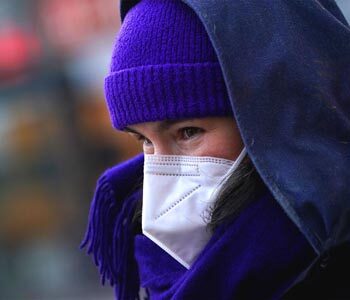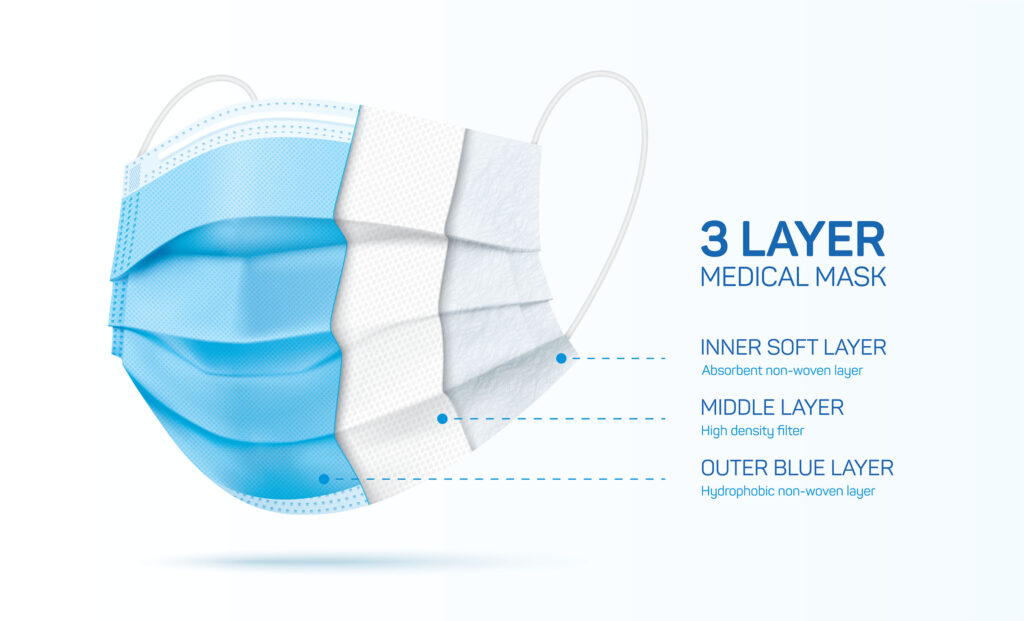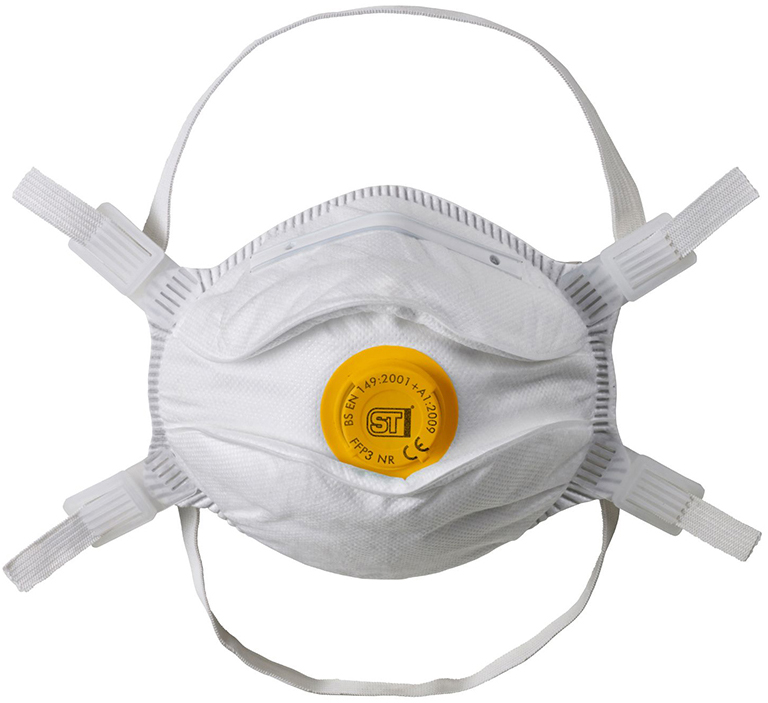
What is a Type II Face Mask? – Knowing Which is Right.
Posted on October 1, 2022
In the era of COVID-19 variants and an ever-evolving virus protection industry, it helps to know what’s what.
So, Type II? You may be surprised to learn that those aren’t actually Roman numerals. The correct term is actually ‘type i i’ and not ‘type 2’. There are 3 different kinds of standard surgical face masks in common usage by the public, as well as in the medical industry and beyond. These are:
- Type I Face Mask
- Type II Face Mask
- Type IIR Face Mask
The differences may seem slight once you look into it. For example, Type I face masks have a BFE (bacterial filtration efficiency) of 95%, whereas Type II and Type IIR face masks have a BFE of 98%. Both Type I and Type II face masks are made up of 3 ‘plys’ or folds and are commonly made using polypropylene, a type of fabric made from a “thermoplastic” polymer (meaning that it’s easy to work with and shape at high temperatures).

You may have noticed there’s a large variety of disposable and reusable face masks out there. But what exactly is a Type 2 mask? Better yet, what do any of the details mean when it comes to choosing a mask? Most of the time, face masks use detailed titles when listed, for example: ‘3M Aura 9320A+ FFP2 Mask’. However, not many people know which details are important when deciding which masks are right for them. This short guide aims to leave you feeling more informed and confident about your choice of face covering.
The Type IIR is the only mask in this category that is certified by the WHO (World Health Organisation) for use in a close clinical environment. This is due to its fluid resistant properties, which is used specifically for close-proximity environments like dentists and care homes. The ‘R’ simply refers to an extra layer or ply that is able to prevent fluids from getting through, making it the only 4-ply mask in this category.
While these are commonly used by medical professionals, it’s not to say that they can’t offer an extra layer of protection to anyone concerned about the ongoing pandemic.
There are also 3 different kinds of standard ‘respirator’ face masks. These are known as respirators due to their ability to efficiently filter air being inhaled by the wearer and are used in a variety of high-risk environments:
- N95 Face Mask
- FFP2 Face Mask
- FFP3 Face Mask
N95 is a classification of air filtration, meaning that it filters at least 95% of airborne particles. The N95 type is the most common particulate-filtering facepiece respirator. The Occupational Safety and Health Administration (OSHA) in the US requires healthcare workers who are expected to interact with those suspected to have COVID-19 to wear respiratory protection, such as an N95 respirator.

Lastly, we have the FFP class. ‘FFP’ simply stands for “filtering facepiece”, with the number indicating the level of protection. Each mask in this section boasts a BFE of 99.9% and all meet the guidelines from The WHO for protection against viral transmissions (such as COVID-19). While these are used extensively in healthcare, they are also used in a number of other industries such as agriculture, construction, pharmaceuticals and woodworking. Due to its thickness and greater level of protection, the FFP3 is recommended for the removal of asbestos and other hazardous tasks.
And that covers it! Hopefully this knowledge helps you feel more confident when choosing the right masks for you.